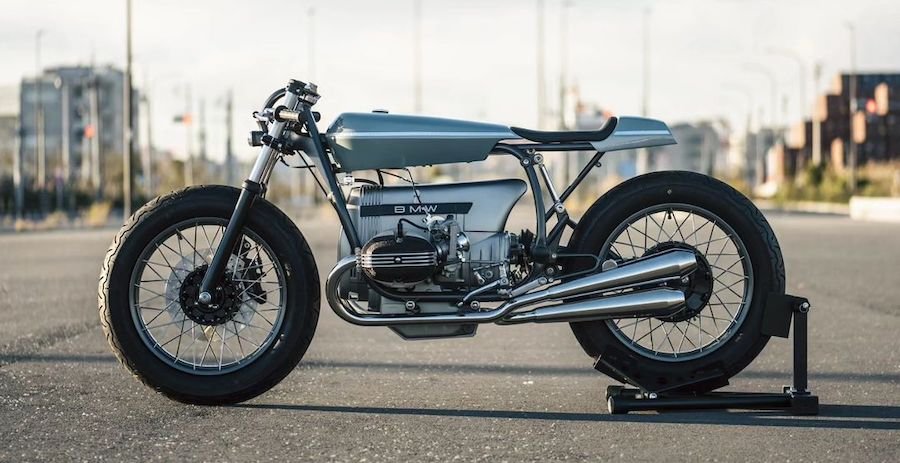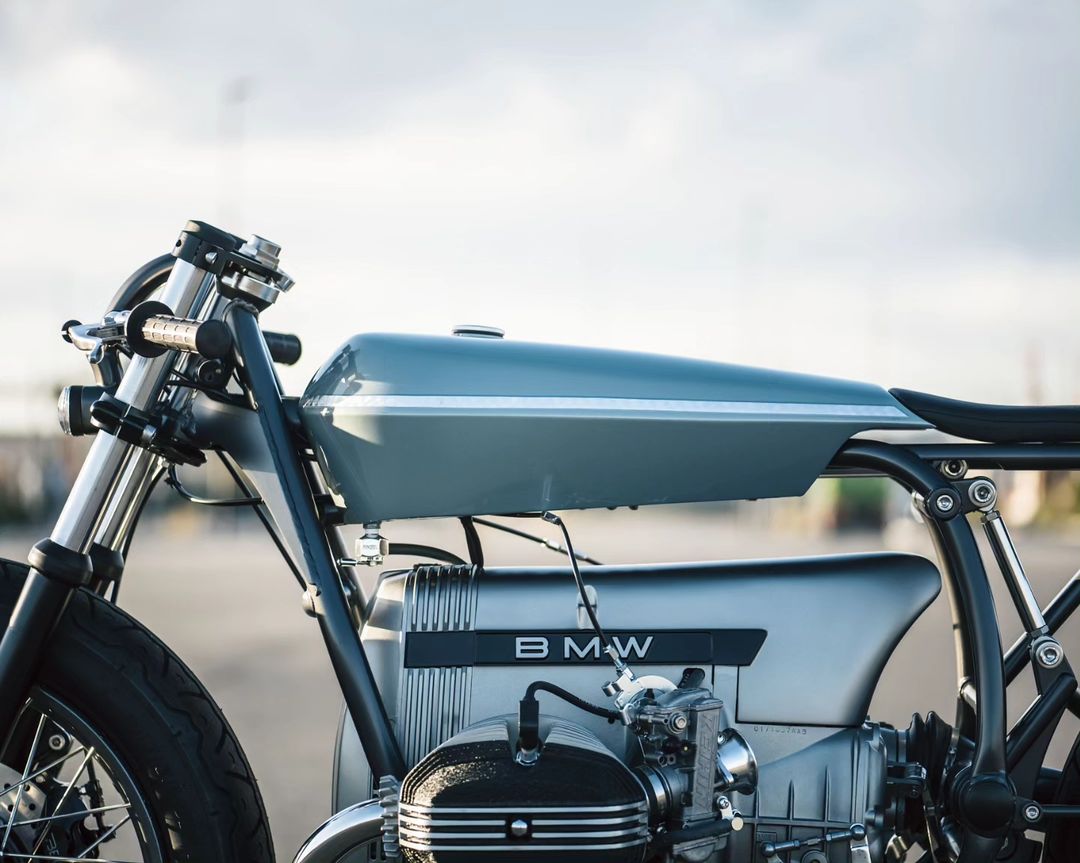This Futuristic BMW R 100 RS Cafe Racer Scores Maximum Points for Originality

Nonetheless, there are still some builders who can pull it off, one of them being Takashi Nihira of Wedge Motorcycle. This isn’t the first time we bring up his incredible work, as Takashi is among the most prolific custom bike builders from Japan.
He’s been mentioned here on autoevolution many times before, but his latest build may just be the raddest one we’ve featured so far. It is a sharp cafe racer based on a BMW R 100 RS from 1990, bearing very little resemblance to other R-series projects of its kind. The commission came from a client who sought to attend the Yokohama Hot Rod Custom Show, so the Beemer had to stand out in every possible way.
Nihira-san wasn’t given any specific instructions regarding the overall design, because the customer knew it was best to just let him do his thing without much interference. Sure enough, what Wedge Motorcycle came up with is nothing short of extraordinary, bucking just about all the trends associated with modded airheads. Let’s go ahead and inspect the customization process from start to finish.
First things first, Takashi took the R 100 RS apart as soon as it arrived at his shop, deleting each and every piece of factory bodywork in the process. He then busied himself with fabricating some new garments from scratch, aiming to make them slender, minimalistic, and somewhat angular. Styrofoam mock-ups were sculpted prior to the final metal parts, so as to get a better idea of their shapes and dimensions.
Center-stage, the project’s author placed a stunning fuel tank whose unique form is unlike anything we’ve seen before. It tapers into a plain solo seat at the back and is accompanied by a cafe racer tail unit, both placed on a custom subframe to create a perfectly level bone line. Its angle is seamlessly complemented by a handmade top engine cover made of aluminum.
Things got even more interesting when it came to the rear suspension, as Takashi wanted to give the impression of a rigid structure without actually performing a hardtail conversion. He therefore revised the swingarm and fashioned an intricate linkage system for the shock absorber, which is tucked inside the lower gas tank on the right-hand side. It’s left in full view by a circular cut-out, showcasing the builder’s handiwork in all its glory.
The new monoshock was sourced from Ohlins’ catalog, while the Beemer’s original forks have been retained and lowered to get its stance just right. In terms of footwear, Wedge sourced a pair of 18-inch wheels from an R 100 R, cloaking their rims in grippy Dunlop rubber prior to installation. Takashi-san also tweaked the rear hub to work with the RS swingarm.
Moreover, he fitted the motorcycle’s front brake with a modern Beringer caliper, which is operated via a KustomTech master cylinder. The latter is hidden out of sight beneath the fuel tank in order to keep clutter at a bare minimum in the cockpit. Staying in the same area, we come across tailor-made triple clamps and a digital Motoscope Mini speedo from Motogadget.
Even for a seemingly small detail like the handlebar, Takashi was determined to think outside the box. He fabricated a flat handlebar that arches backward ever so slightly, mounted on a central support running from the top clamp to its bottom counterpart. It’s an incredibly complex setup like so many other things on this reworked BMW, complete with fresh grips, simple control levers, and a bit of chrome plating.
A compact LED headlight is placed right in front of the lower triple clamp, and an even smaller taillight can be seen on the central subframe tube. After giving the bike’s boxer-twin engine a quick once-over, master Nihira refurbished it wherever necessary and made its exterior look absolutely immaculate. Then, he fitted some new breathing equipment at both ends of the combustion cycle.
The twin-cylinder motor inhales through Keihin FCR carburetors topped with velocity stacks, while letting the exhaust gases escape via custom stainless-steel pipework. Separate headers make their way back to a pair of reverse megaphone mufflers, which live on the left-hand side of the rear wheel. Now then, the last thing for us to cover is the paintwork.
Wedge Motorcycle went with an understated, yet undeniably handsome livery, where the primary color is a faded, greyish shade of light blue. This hue can be seen all over the fuel tank and tail section, topped with some tasty silver detailing that runs from front to back. On the other hand, a layer of wrinkle black paint is present on the valve covers, but the horizontal fins have been polished to a mirror finish for contrast.



Related News
